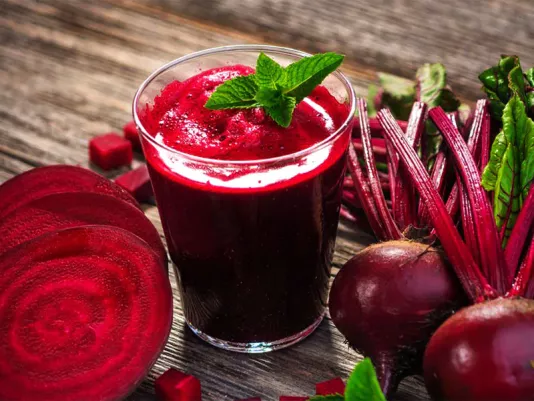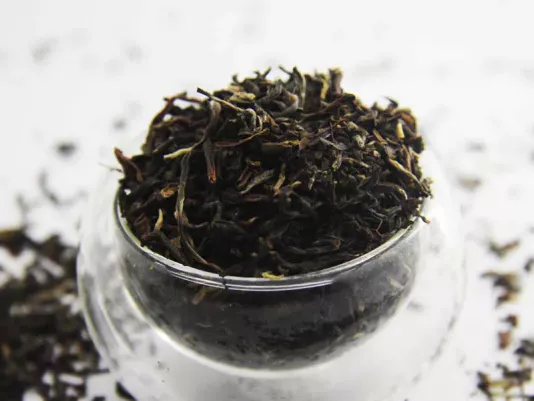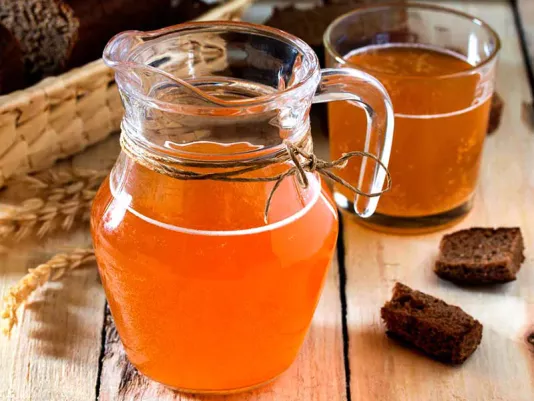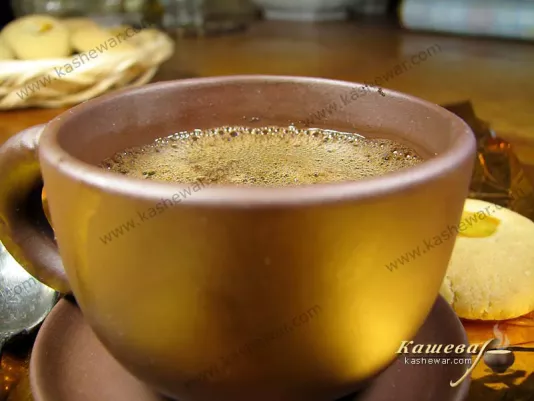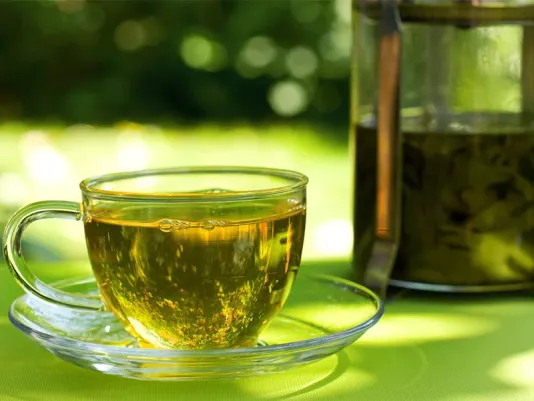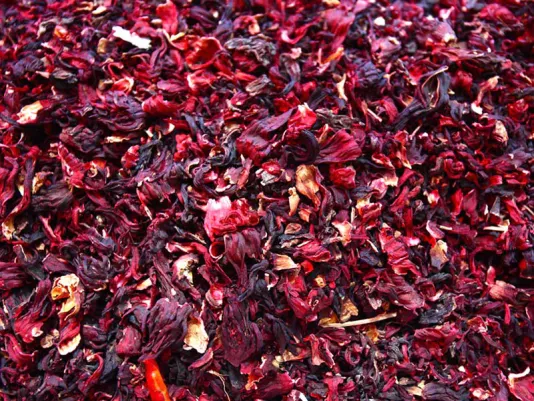Non-Alcoholic Drinks
Non-alcoholic drinks in cooking I view as ingredients capable of transforming dishes and revealing new flavor nuances. For me, they have long gone beyond their usual use in pure form: I use juices as a base for marinades, jellies, creams, or sauces, tea I add to baked goods, desserts, and even meat dishes to highlight their expressiveness. Coffee in my experience is a key component for cakes, pastries, and ice cream, as its aroma and bitterness create a unique balance of taste. Compotes and fruit drinks I use for sweet dishes, as well as a base for culinary experiments. For me, non-alcoholic drinks are a way to make recipes more interesting, give them new colors, and emphasize my personal approach to cooking.
Different Types of Non-Alcoholic Drinks
Water and Sparkling Water
Water has always been the most important drink for me, being not only the basis of life but also an essential ingredient in cooking. I use water every day – for making soups, porridge, dough, sauces, it is always the foundation of any dish. In my experience, the quality of water often affects the final result: clear and pure water makes the taste of the dish more expressive and natural. Sparkling water has opened new possibilities for me in the kitchen – I like adding it to batter for pancakes or fritters, as it makes them fluffier and lighter. Also, sparkling water in my practice works great for marinades: bubbles help soften meat or poultry faster. In addition, I sometimes use it for refreshing drinks or desserts, combining with fruits or herbs. For me, water and sparkling water are basic ingredients without which it is impossible to imagine cooking, as they serve both as a foundation and a supporting element in countless recipes.
Tea in Cooking
I have always used tea not only as a drink but also as an interesting culinary ingredient. Green tea in my experience is well-suited for preparing marinades for fish or chicken, as it adds a light herbal aroma and makes the meat more tender. Black tea I often add to baked goods: it gives the dough a pleasant shade and slight bitterness, which pairs wonderfully with chocolate or spices. Hibiscus for me is an ingredient that brings bright color and tanginess to desserts, jellies, or fruit sauces. In my experience, even a simple syrup infused with tea becomes an interesting topping for pancakes or ice cream. I love experimenting with combinations, and tea always helps me find new flavor solutions. For me, it is not only an everyday drink but also a universal base for various dishes, adding originality and richness of shades to cooking.
Coffee as an Ingredient
Coffee has always been more than just a drink for me – it is an important culinary ingredient that gives dishes expressiveness and aroma. When I use coffee beans, I grind them right before preparing desserts to get the freshest and richest flavor in creams and mousses. Espresso for me is the ideal base for making tiramisu, glazes, or syrups that I use to soak cake layers. Instant coffee in my experience is convenient for baking, as it dissolves easily and evenly adds a coffee shade to the dough. I often use coffee to create ice cream, sauces for meat, or even marinades, where it adds a special depth of flavor. For me, coffee is a universal ingredient that can make any dish more expressive, and turn desserts into true culinary masterpieces with an unforgettable aroma.
Kvass in Recipes
Kvass has always been an ingredient for me that opens new possibilities in cooking. I love using bread kvass for preparing traditional okroshka, as it gives it characteristic freshness and a light tang. In my experience, it also works perfectly for kneading dough for bread or pancakes, making baked goods more aromatic and soft. Beet kvass I use not only as a drink but also as a natural coloring and flavor accent: it brings bright color to sauces or marinades and also enhances the taste of vegetable dishes. For me, kvass is an example of how a familiar drink can become a valuable culinary ingredient. I enjoy experimenting with it in meat marinades, as it makes the meat more tender and flavorful. Kvass in my practice is always a way to add authenticity to dishes, combining simplicity with richness of taste.
The Variety of Non-Alcoholic Drinks
Non-alcoholic drinks have always been an inexhaustible source of ideas in cooking for me, as each of them has its own unique properties and ways of use. Water and sparkling water are the basis for hundreds of recipes, helping to create dough, soups, marinades, and drinks. Tea – green, black, or hibiscus – in my experience always becomes an ingredient that adds special shades to baked goods, sauces, and desserts. Coffee, regardless of type, opens a world of rich aromas in creams, ice cream, cakes, or even meat dishes. Kvass, both beet and bread, I value for its ability to add tang and depth of flavor to cold soups, marinades, and dough. For me, it is precisely this variety that makes non-alcoholic drinks indispensable culinary ingredients that help diversify the daily menu, combine traditional recipes with new ideas, and create unique dishes that leave vivid impressions.
